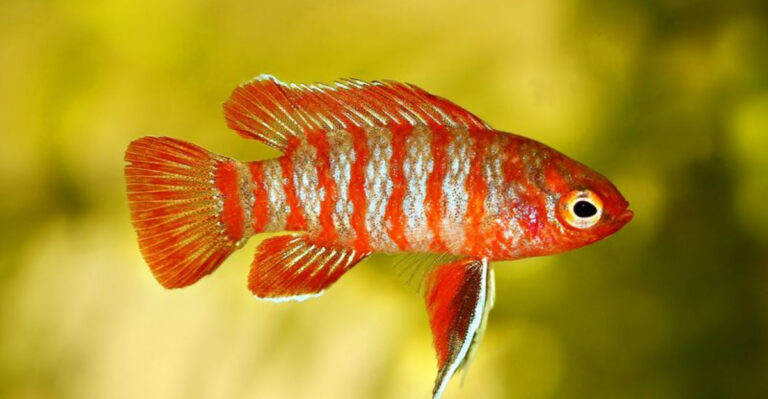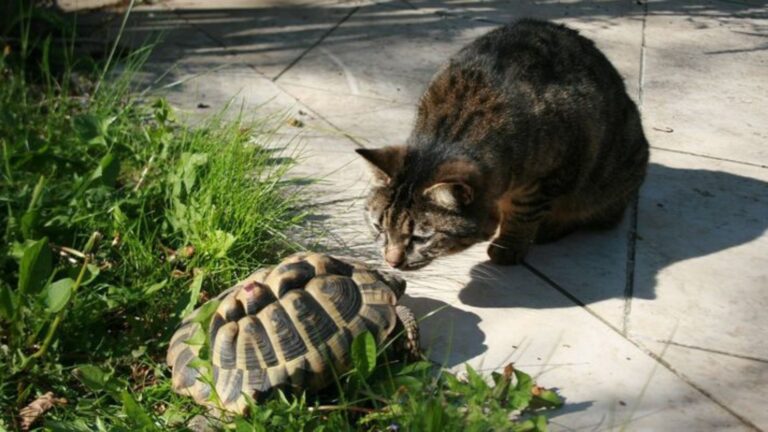Copperhead Snakes On The Rise In Georgia: How To Keep Them Out Of Your Yard This Summer

Slithering through Georgia’s landscape this summer are more copperhead snakes than usual. These venomous creatures with their distinctive hourglass patterns are seeking cool, damp places – and your yard might look like the perfect retreat.
With reports of increased sightings across the state, knowing how to make your outdoor space less snake-friendly isn’t just smart – it’s essential for keeping your family safe.
1. Clear Away Yard Debris
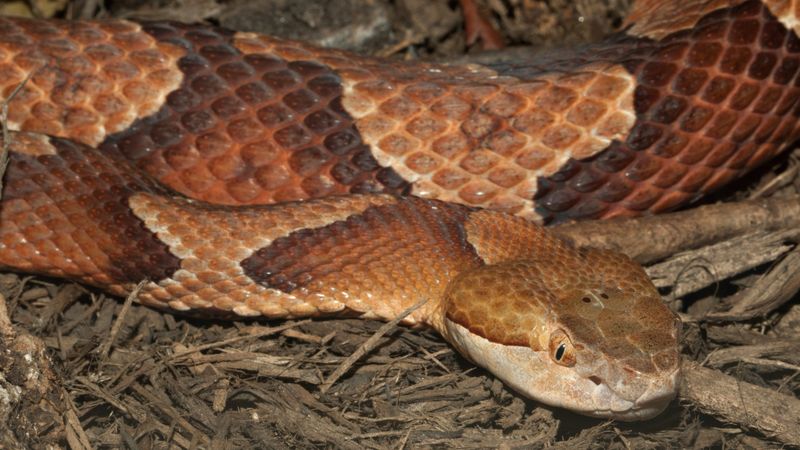
Fallen branches, leaf piles, and garden clutter are like five-star hotels for copperheads. They provide perfect hiding spots and hunting grounds for these ambush predators.
Take time each week to rake up leaves, remove brush piles, and keep your yard tidy. Remember that what looks like harmless yard waste to you looks like luxury accommodations to a snake.
2. Trim Those Bushes
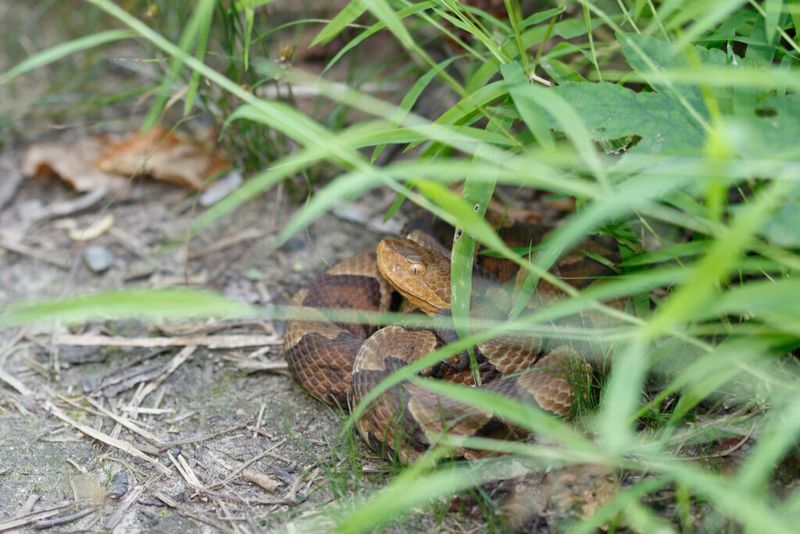
Low-hanging shrubs practically invite copperheads to move in. When branches touch the ground, they create shaded tunnels that snakes love to travel through undetected.
Prune bushes so there’s at least 6 inches of clearance underneath. This simple trimming job eliminates snake highways and makes your yard less appealing to these copper-topped visitors.
3. Mow Regularly, Mow High

Tall grass is basically a snake playground! Copperheads love slithering through overgrown lawns where they can hunt rodents while staying completely hidden from view.
Keep your grass cut to about 3 inches – short enough to eliminate hiding spots but not so short that you damage your lawn during Georgia’s hot summer. Regular mowing disrupts potential snake habitats.
4. Rodent-Proof Your Property
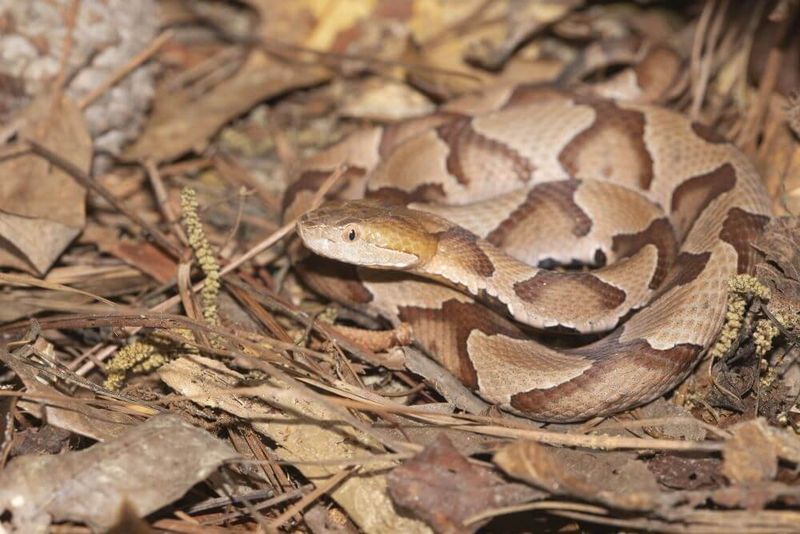
Where mice go, snakes follow! Copperheads primarily hunt small rodents, so a mouse-friendly yard practically rolls out the welcome mat for these venomous visitors.
Seal gaps around your home’s foundation, keep pet food stored in metal containers, and consider setting humane traps if you notice rodent activity. Eliminating their food source makes your yard much less attractive to hungry copperheads.
5. Create A Snake-Proof Barrier

Hardware cloth is your secret weapon against slithering visitors! This fine metal mesh can be buried along fences or property lines to create an underground barrier.
Dig a trench about 6 inches deep, install the mesh vertically with several inches above ground, then backfill. The tiny holes prevent snakes from pushing through, keeping copperheads on the outside looking in.
6. Remove Standing Water
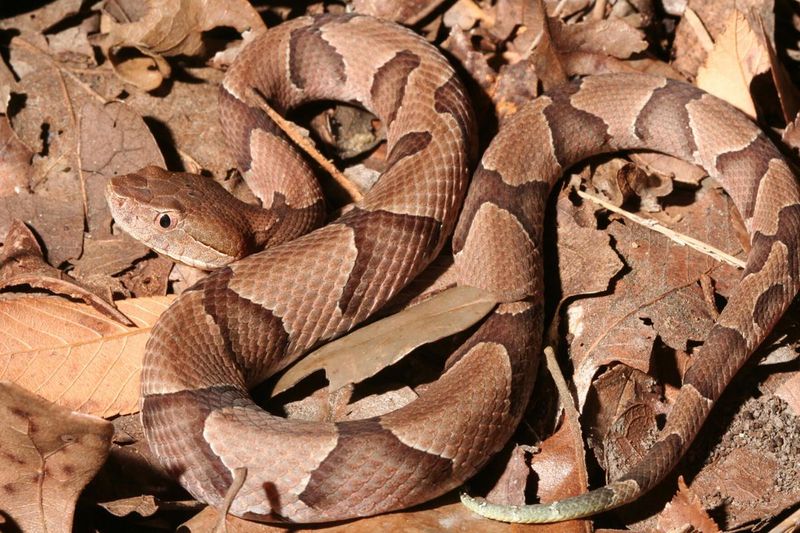
Puddles and birdbaths aren’t just mosquito magnets – they attract thirsty copperheads too! Georgia’s hot summers drive these snakes to seek water sources wherever they can find them.
Fix leaky outdoor faucets, empty containers after rain, and consider switching to a hanging bird feeder instead of ground-level water features. Removing easy access to water makes your yard less hospitable to these unwanted guests.
7. Strategic Plant Selection
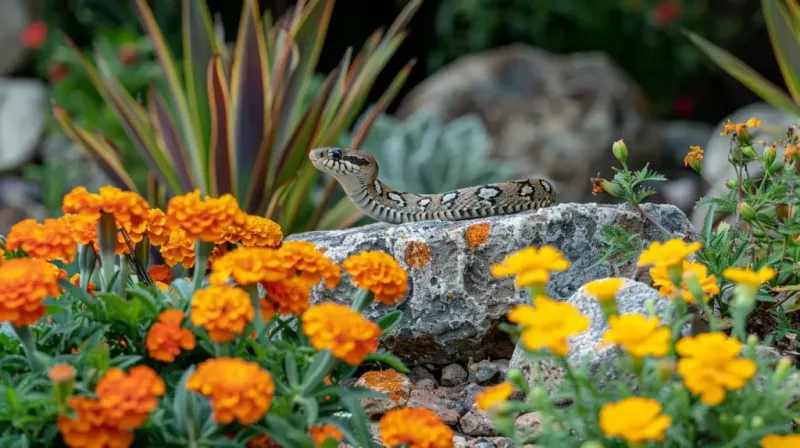
Not all garden plants are created equal when it comes to snake prevention! Dense ground covers like ivy create perfect snake hideaways that are nearly impossible to monitor.
Choose clumping plants instead of spreading groundcovers. Ornamental grasses, lavender, and lemongrass not only look beautiful but create less desirable snake habitat. Bonus: some plants like marigolds may actually repel both snakes and their prey.
8. Install Motion-Activated Sprinklers

Surprise showers make for unhappy snakes! Motion-activated sprinklers deliver a harmless but startling spray of water when they detect movement in your yard.
These clever devices serve double duty – watering your garden while teaching local wildlife that your property isn’t a comfortable place to visit. Most copperheads will quickly learn to avoid the unexpected shower and find somewhere else to hang out.
9. Use Snake Repellent Products
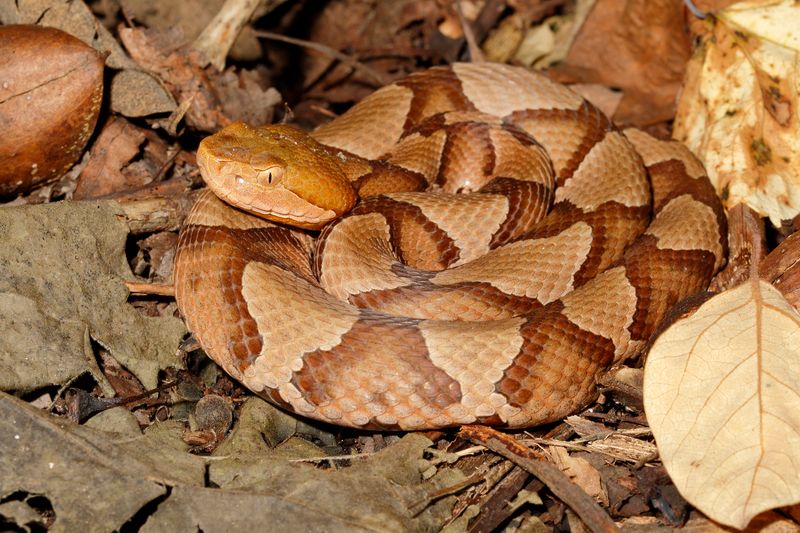
Commercial snake repellents might give you an extra layer of protection. These products typically use sulfur compounds or essential oils that irritate snakes’ sensitive sensory systems.
Apply according to package directions around the perimeter of your yard or in targeted areas. While not 100% effective, they can be helpful when combined with other prevention methods. Some Georgia gardeners swear by homemade versions using cinnamon or clove oil.
10. Create Gravel Or Mulch Barriers

Rough textures feel like sandpaper to a snake’s sensitive belly! Copperheads prefer smooth paths for travel, avoiding scratchy surfaces whenever possible.
Install a 2-3 foot wide perimeter of rough gravel, crushed eggshells, or pine straw around gardens and play areas. This creates an uncomfortable border that most snakes will avoid crossing, giving your family an added buffer zone against unwanted visitors.
11. Light Up Dark Areas

Shadows and darkness are a copperhead’s best friends! These ambush predators rely on camouflage and prefer hunting in low-light conditions where they’re nearly invisible.
Install solar pathway lights in shady areas of your yard, especially near steps and walkways. Good lighting not only helps you spot snakes before an accidental encounter but also makes your property less appealing to these light-shy reptiles.
12. Secure Compost Bins
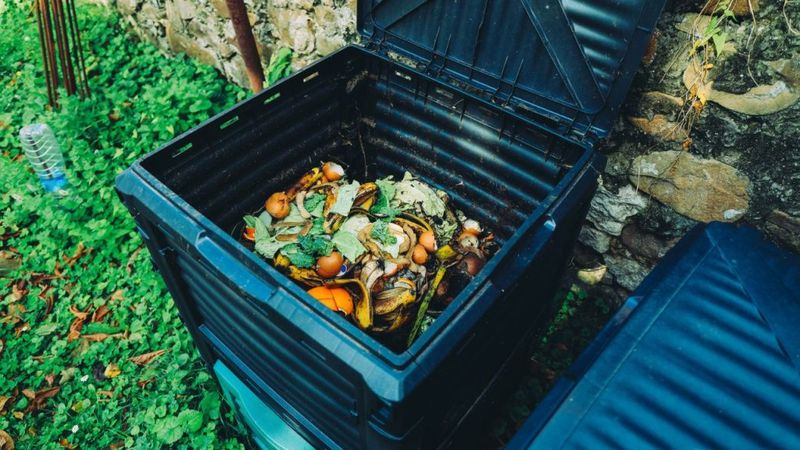
Open compost piles are basically snake buffets! They attract rodents, which in turn attract hungry copperheads looking for an easy meal.
Switch to a closed compost system with a secure lid and raised base. This prevents mice from turning your eco-friendly garden practice into a snake attraction. As a bonus, closed systems often work more efficiently and produce better compost!
13. Keep Play Equipment Away From Edges
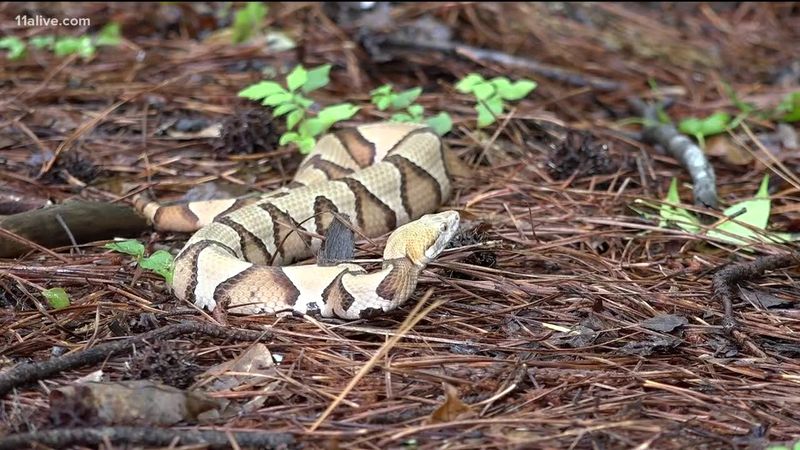
Kids’ playsets placed near wooded areas or fence lines create a dangerous invitation. Copperheads moving along these natural boundaries might view the equipment as convenient shelter.
Position swing sets, sandboxes, and other play areas at least 20 feet from property edges. Create a clear, maintained space around children’s play zones. This simple adjustment significantly reduces the chance of surprise snake encounters.
14. Know When To Call Professionals

Sometimes snake situations require expert handling! If you’ve spotted multiple copperheads or found one inside your home, it’s time to bring in reinforcements.
Licensed wildlife removal specialists have the training and equipment to safely relocate venomous snakes. Many Georgia counties have resources for finding qualified professionals. Remember that killing snakes is often illegal and unnecessary when safer options exist.


